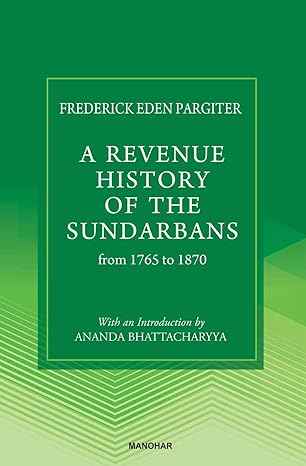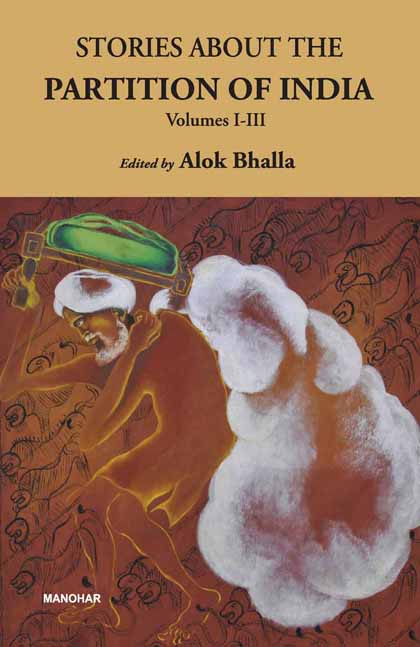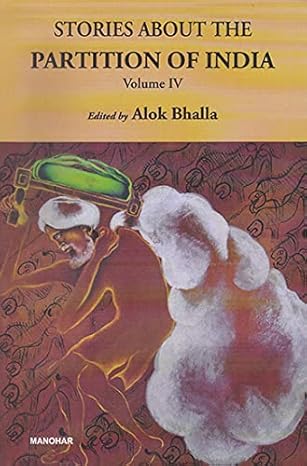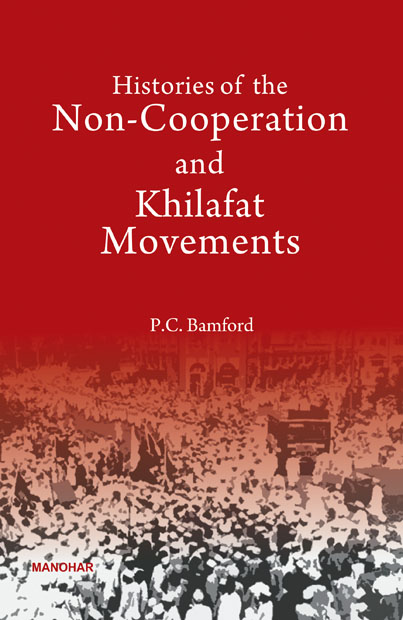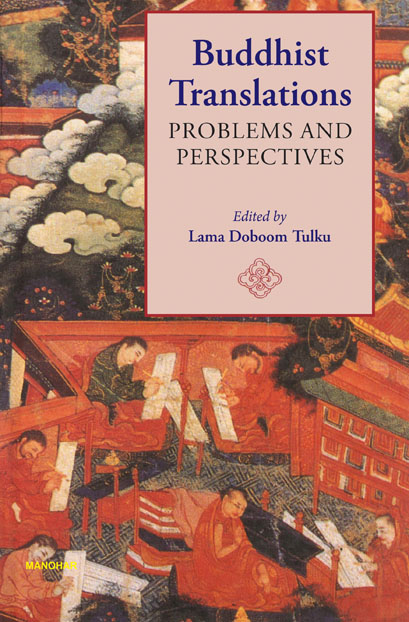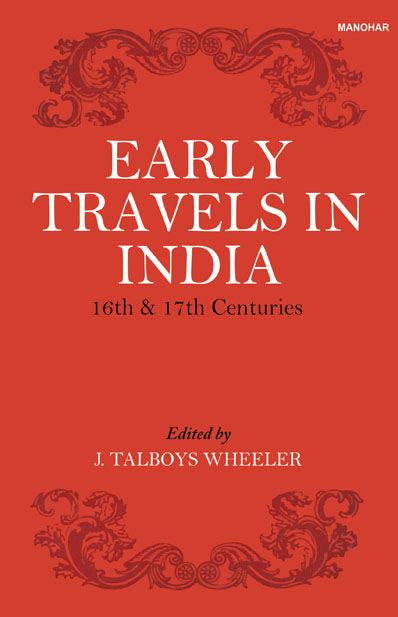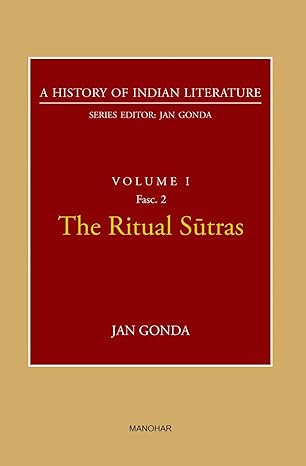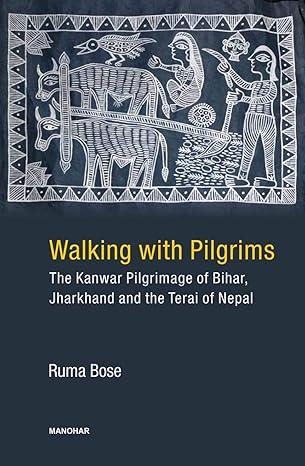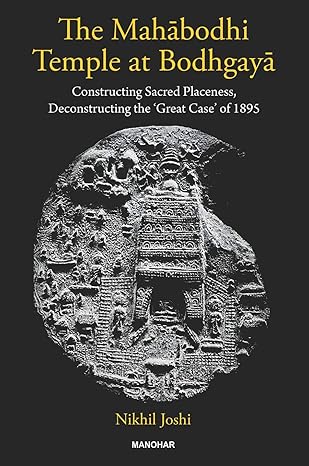History
Featured Products
A Revenue History of the Sundarbans: From 1765 to 1870
₹1,576.05
M.R.P.:₹ 1,995.00
You Save: ₹418.95 (21.00% OFF)
Stories About The Partition of India: Volumes I-III
₹1,051.20
M.R.P.:₹ 1,095.00
You Save: ₹43.80 (4.00% OFF)
Stories About The Partition of India: Volume IV
₹562.50
M.R.P.:₹ 750.00
You Save: ₹187.50 (25.00% OFF)
Histories of the Non-Cooperation and Khilafat Movements Histories of the Non-Cooperation and Khilafat Movements
₹991.85
M.R.P.:₹ 1,195.00
You Save: ₹203.15 (17.00% OFF)
Buddhist Translations: Problems and Perspectives
₹977.50
M.R.P.:₹ 1,150.00
You Save: ₹172.50 (15.00% OFF)
The Making of a Nation: Essays in Indian History and Politics
₹977.50
M.R.P.:₹ 1,150.00
You Save: ₹172.50 (15.00% OFF)
Early Travels in India (16th & 17th Centuries)
₹876.00
M.R.P.:₹ 1,095.00
You Save: ₹219.00 (20.00% OFF)
A History of Indian Literature Volume I Fasc.2: The Ritual Sutras
₹1,121.25
M.R.P.:₹ 1,495.00
You Save: ₹373.75 (25.00% OFF)
Walking with Pilgrims: The Kanwar Pilgromage of Bihar, Jharkhand and the Terai of Nepal
₹1,634.10
M.R.P.:₹ 2,095.00
You Save: ₹460.90 (22.00% OFF)
The Mahabodhi Temple at Bodhgaya: Constructing Sacred Placeness Deconstructing the Great Case of 1895
₹1,871.25
M.R.P.:₹ 2,495.00
You Save: ₹623.75 (25.00% OFF)


